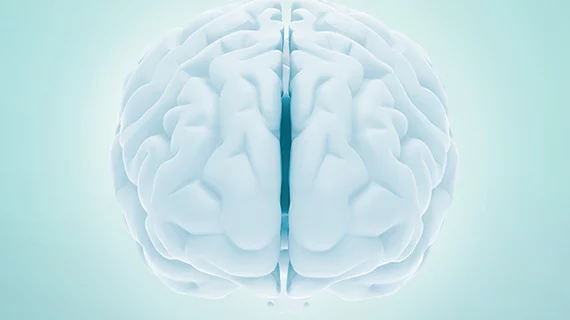Brain stents found to be safe for reducing recurrent stroke risk
Brain stents seem to be safe and effective in reducing the risk of recurrent stroke in patients who suffer from cholesterol-clogged brain arteries, according to research presented at the American Stroke Association’s International Stroke Conference this month in Los Angeles.
The Wingspan One-Year Vascular Imaging, Events and Neurologic Outcomes trial, or WOVEN, is reportedly the largest on-label intracranial stenting trial to date with long-term follow-up. The trial, conducted at 16 centers across the U.S., followed 152 patients who had been previously treated with the self-expanding Wingspan stent from the WEAVE trial, which found a low 2.6% short-term stroke and death rate in patients who received the stent for intracranial atherosclerotic disease.
WOVEN revealed an 8.5% total one-year stroke and death rate in the same population, demonstrating the brain stent’s efficacy in the long-term.
“This trial is unique because prior studies included off-label patients,” Michael J. Alexander, MD, the vice chairman of neurosurgery at Cedars-Sinai Medical Center in Los Angeles, said in a release. “This is the largest intracranial stent trial for atherosclerotic disease performed according to the FDA indication for the Wingspan stent. The stroke and death rates were substantially lower than the one-year rate of 20% in the stenting arm of the SAMMPRIS trial and slightly better than the 12.2% stroke and death rate in the medical arm of SAMMPRIS.”
Alexander said the team’s results will likely lead to a randomized clinical trial that will compare intracranial stenting to medical therapy alone.
“The long-term results of the WOVEN study are important to determine if safer stenting practices and lower complication rates from the treatment itself resulted in improved patient outcomes at one year,” he said. “Intracranial stenting could provide an alternative when medical therapy and other treatments have been unsuccessful.”

